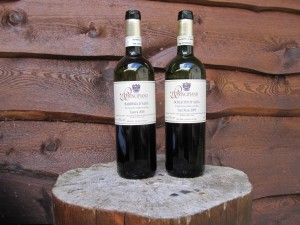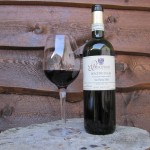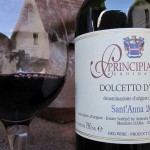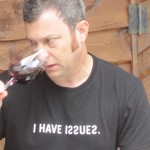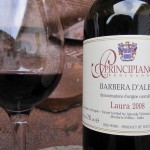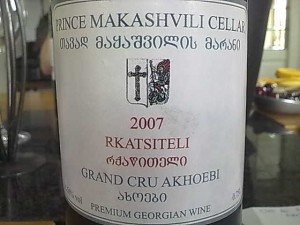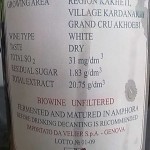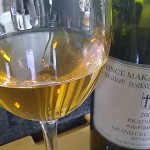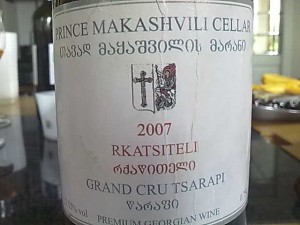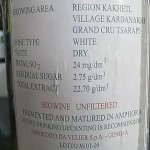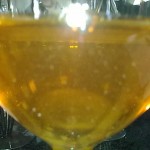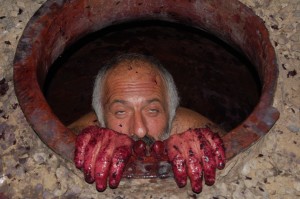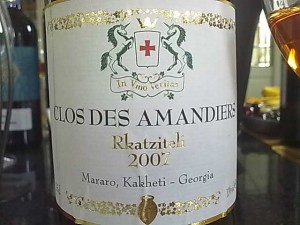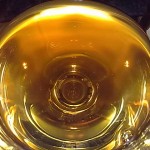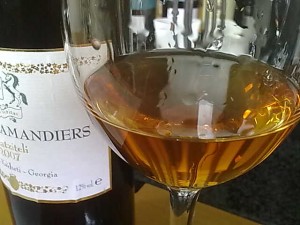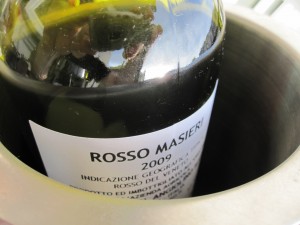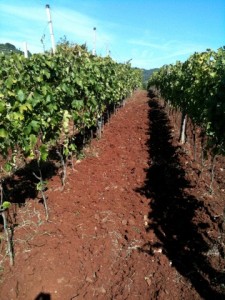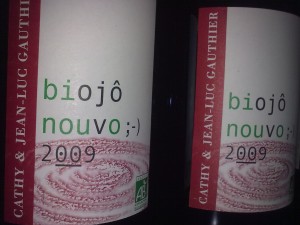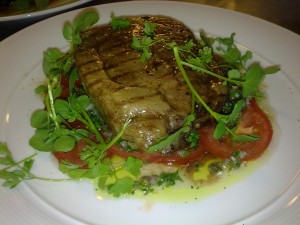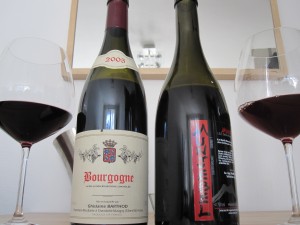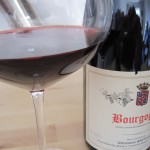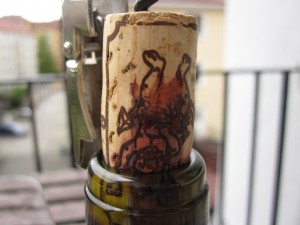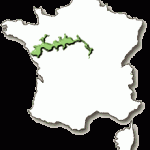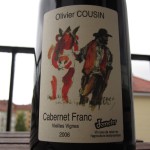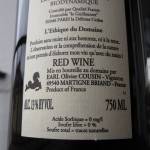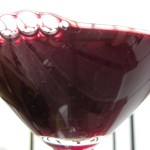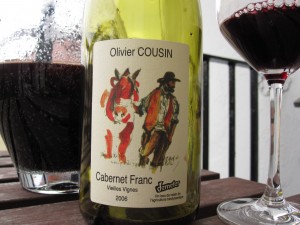I am very grateful to be a part of Cory’s “32 Days of Natural Wine” series and to be among such talented and clever writers. I personally don’t consider myself a very clever writer nor do I write as often as I would like to. I spontaneously write like the wines I drink spontaneously ferment. I don’t write every day, twice a week or on a schedule. Just like the wines I drink may not ferment immediately or with selected yeasts. The wines I drink ferment on their own, when they’re ready, with their indigenous yeasts. If I force myself to write, it will be a less than enthusiastic endeavor. If you add a selected yeast to crushed grapes, the resulting wine will probably also be a less than enthusiastic wine (I have read that in the late 90’s, 80% of wines were spontaneously fermented – a statistic that although may have shifted since then, is surprising).
What motivates and inspires me to write? Well, natural wine does, of course! But so do the slow sunsets we experience up here in Norway. They remind me how beautiful life is. Why don’t we sit back and appreciate what nature gives us? Why should we do things that we don’t enjoy? Why should we eat or drink things that we don’t enjoy and don’t make us feel good?
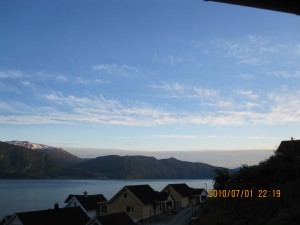
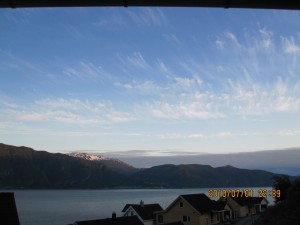
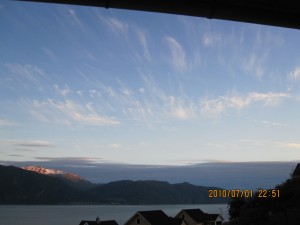
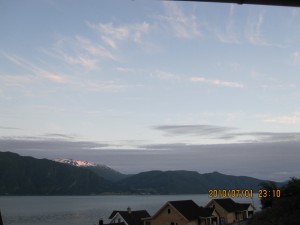
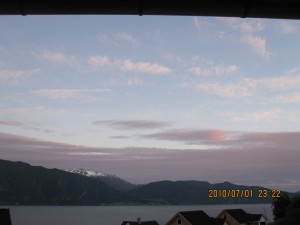
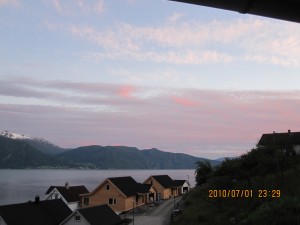
Why do I drink natural wine? Because I like the way it smells. Because I like the way it tastes. It evokes feelings of joy and the aromas are just so damn expressive. The fruit quality in the natural wines I drink are so clear and transparent (not in the literal sense, cause you know I love those unfiltered wines!). I like to taste and understand what I am drinking. I’ve been criticized by many as having become too extreme. In my opinion, conventional wine has become too extreme. Manipulated if you will. Made to “taste” a certain way, to chase fads or trends and forcing the consumer to drink what’s “cool” as opposed to what’s real. Why do people react when I talk to them about natural wine? Nobody reacts about organic, biodynamic or natural farmers market veggies, like this lettuce.
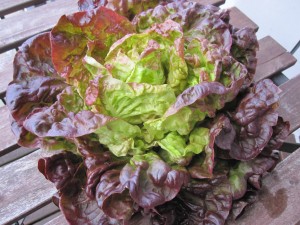
So, why any negative reactions about natural wine??? Many of these negative reactions come from the large, conventional producers. They would like you to believe that once you open that bottle of unsulfured (or low sulfured) wine, you better drink it up quickly or it will become undrinkable within a few minutes! Granted, a great bottle of natural wine will be drunk up in a matter of 10 or 15 minutes due to it’s drinkability! I speak from experience when I say that a great bottle of natural wine once opened, can stay alive for even two weeks and sometimes longer. I have literally eliminated waste. I have done numerous experiments keeping bottles of natural (unsulfured) wines open (by hiding them) for weeks at a time. I even left an opened bottle of Bressan’s 1999 Pignol in my fridge for 21 days. I discovered this bottle after returning from my Christmas and New Year holidays and to my surprise, was still totally drinkable, alive, fresh and enjoyable!
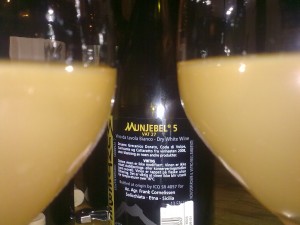 Against the odds and despite the numerous remarks like “you can’t sell these types of wines”, I do sell these types of wines. My wine list, of approx 80 titles, is approaching 100% Organic, Biodynamic and Natural. At least 20 of these wines are made without the addition of any sulfur. And the sales keep increasing. Just like all new experiences, the wines should be introduced. I don’t simply drop a glass of glowing orange wine at my guest’s table, I talk about the wine maker, the tradition and what he/she doesn’t do in the vineyards/winery. Then the guest is not only more willing to taste, but can’t wait to taste. I am most often met with positive comments, and very rarely negative ones. Then the food arrives and natural wines work very well with food, as you know. Before I leave the table, I have gotten in the habit of telling my guests to expect sediment in their wine because it’s unfiltered and if they don’t get any sediment, they should complain because there is something wrong ;-). This has eliminated the complaints I used to get regarding sediment in the bottom of the glass.
Against the odds and despite the numerous remarks like “you can’t sell these types of wines”, I do sell these types of wines. My wine list, of approx 80 titles, is approaching 100% Organic, Biodynamic and Natural. At least 20 of these wines are made without the addition of any sulfur. And the sales keep increasing. Just like all new experiences, the wines should be introduced. I don’t simply drop a glass of glowing orange wine at my guest’s table, I talk about the wine maker, the tradition and what he/she doesn’t do in the vineyards/winery. Then the guest is not only more willing to taste, but can’t wait to taste. I am most often met with positive comments, and very rarely negative ones. Then the food arrives and natural wines work very well with food, as you know. Before I leave the table, I have gotten in the habit of telling my guests to expect sediment in their wine because it’s unfiltered and if they don’t get any sediment, they should complain because there is something wrong ;-). This has eliminated the complaints I used to get regarding sediment in the bottom of the glass.
What about other spontaneously fermented products from nature? How about (more than) organic apples that are planted on Northwest facing slopes that bask in the long Norwegian summer hours of sunlight. When the apples are ready for picking, they are picked by hand and spontaneously fermented in plastic, just like the wines we enjoy. They are left to ferment until the process stops on its own. Sometimes the final cider is bone dry, and other times there is a bit of residual sugar. The cider is bottled without filtering out any of the nutrients and no sulfur is added, allowing those nutrients to stay alive, and make you feel good!
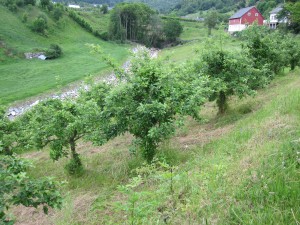
30 Year Old Golden Aroma Apple Trees Facing NW
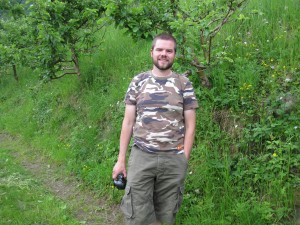
Joar says "just a reminder that this is just me and my dad making cider because we like it, nothing more then that."
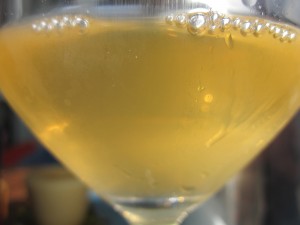
The 2008 dry cider - Sponty, sherry-like tones, sweet fruit & a fresh, dry & acidic backbone
I am not here to impress you with my writing, knowledge or with my love of natural wine and other things natural. You either like them, learn to like (and understand them) or you don’t. I just write what I feel from the heart, and from the fact that I feel the need to share my excitement, or ferment spontaneously if you will. I am sure that the natural wine makers I most admire are also not trying to impress you with their wines. They are merely expressing themselves and the grapes they are growing to keep their sanity, drink their own good wine and with the hopes to share their passion with others who understand them. They are doing what comes naturally to them, from their hearts, their soil, their vines, their grapes, their wild yeasts….spontaneously.
If I made my point here in this post, you’ll grab for that glass of your favorite natural wine (or cider) and with the one(s) you love, watch the sunset in the distance. Enjoy life and the good things it gives us without trying to manipulate and distort. It’s a post about being spontaneous and appreciating the simple things.
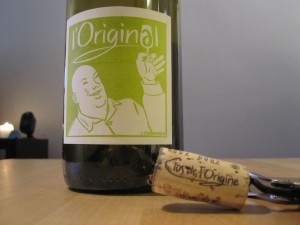 Clos de l’Origine – Marc Barriot
1 Route de Lesquerde
66460 Maury
Tél. 09 52 15 03 17
Fax : 04 68 53 10 38
Mobile : 06 75 03 71 71
www.vin-de-l-origine.com
Clos de l’Origine – Marc Barriot
1 Route de Lesquerde
66460 Maury
Tél. 09 52 15 03 17
Fax : 04 68 53 10 38
Mobile : 06 75 03 71 71
www.vin-de-l-origine.com